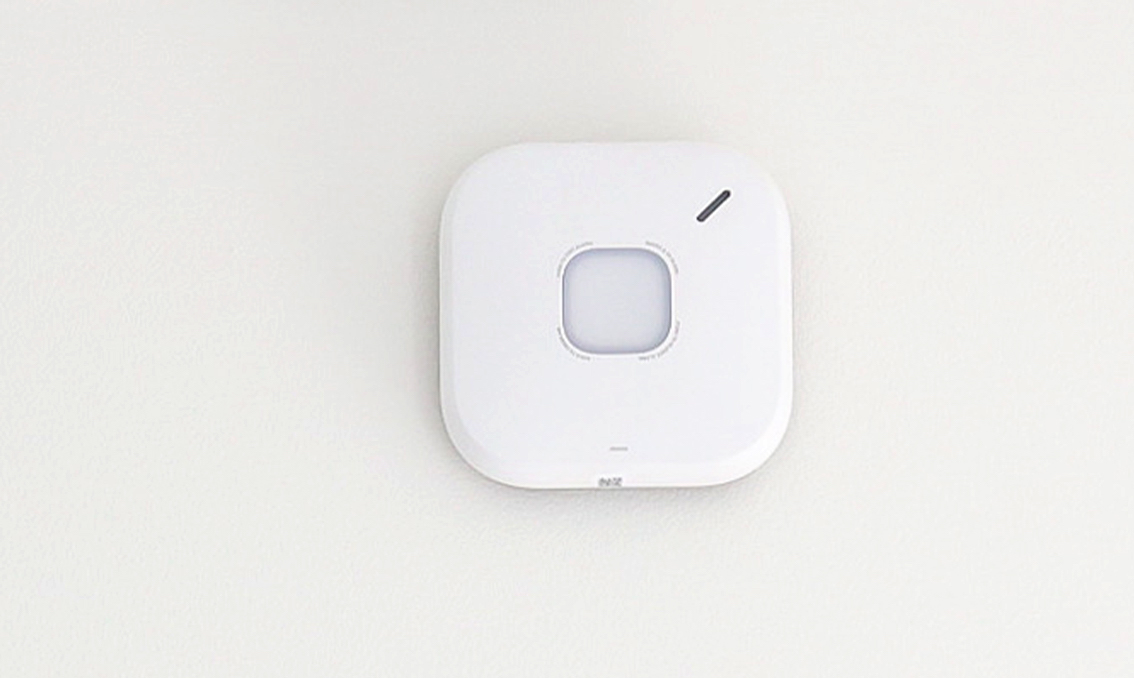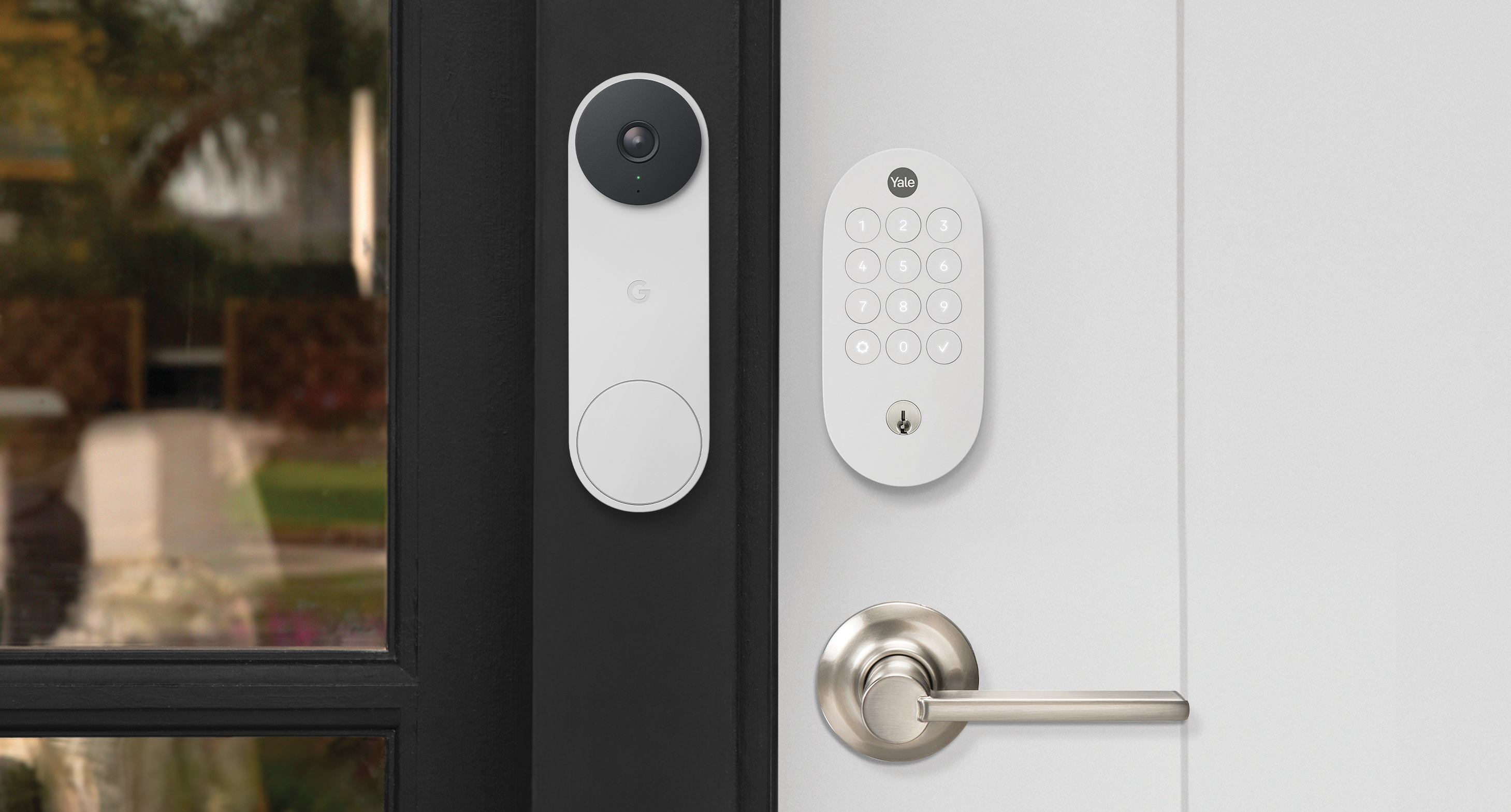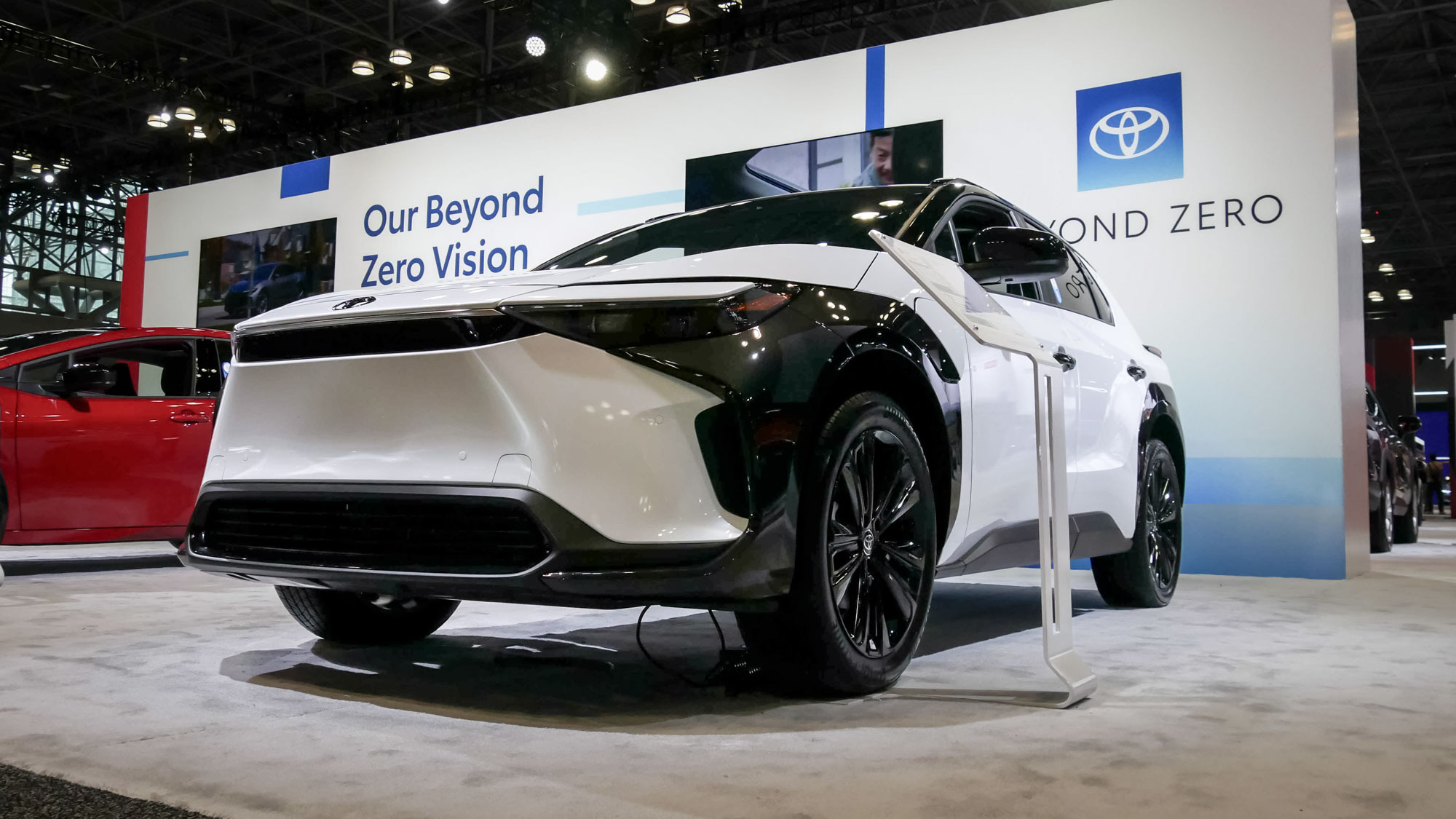Google kills off Nest Protect, partners with First Alert for new smart smoke detector
A decade-old smart home device meets its end

The Nest Protect has long stood at the top of our list of the best smart smoke detectors, but its reign is at an end. Google today announced that it's ending sales of the venerable product, and partnering with First Alert for a smart smoke detector that will work with Google Home.
Along with the Nest thermostat and Drop Cam, the Protect was one of the original products made by Nest, before it was acquired by Google. And while the thermostat and security camera have been updated with several new models in the past decade, the Nest Protect remained largely unchanged.
The writing was on the wall for the Nest Protect; in recent months, only the battery-powered version had been available in Google's store, and it was difficult to find elsewhere.

But rather than updating the Protect, as it had with other Nest devices, Google is ending the line, and teaming up with a company with much deeper experience making smoke and carbon monoxide detectors.
The model that will replace the Nest Protect is the First Alert Smart Smoke & Carbon Monoxide (CO) Alarm, which replicates pretty much everything the Nest Protect did.
In the event of an emergency, the First Alert Smart Smoke & Carbon Monoxide Alarm will emit both a siren and a voice alert that describes the type and location of the emergency.
In addition, a Heads-Up Early Warning alert will let you know of emerging issues — like if you left something on the stove too long — and will give you the option to silence the alarm, either by pressing a button on the device or in the app.
Sign up to get the BEST of Tom's Guide direct to your inbox.
Get instant access to breaking news, the hottest reviews, great deals and helpful tips.
The First Alert devices can also be interconnected, both with each other and existing Nest Protects, and will come in both hardwired and battery-powered versions. They connect to the cloud via Wi-Fi, and will give you a 7-day warning when their batteries get low.
However, the device is not Matter-enabled, and at the moment, will only work with Google Home and the First Alert app.
The First Alert Smart Smoke & Carbon Monoxide (CO) Alarm will be available in the U.S. and Canada for an estimated $129.99 in the coming weeks.
Google will continue to sell the Nest Protect until supplies run out, and it will support the devices through their expiration date. First-generation Nest Protects need to be replaced 7 years after their manufacture date, while second-gen models have a 10-year lifespan. Here's how to find out when your Nest Protect will expire).
No more Nest X Yale smart lock

The Nest Protect isn't the only product on its way out; Google also announced that it's discontinuing the Nest x Yale Lock, but is coming out with a Matter-enabled replacement.
The Yale Smart Lock with Matter, as the new lock is called, looks very similar to the Nest X Yale lock, but has been minimalized a bit to look more like the Nest doorbell, and will come in Ash, Matte Black, and Snow.
The Yale Smart Lock with Matter will connect with an app, and can be unlocked via key or an entry code. Unlike some of the best smart locks which have fingerprint or palm readers, this Yale lock is a bit simpler, which is also reflected in its lower $170 price.
Google will continue to sell the remaining Nest X Yale smart lock inventory, and existing owners will continue to receive software and security updates.
The Yale Smart Lock with Matter will be available later this summer.
More from Tom's Guide

Michael A. Prospero is the U.S. Editor-in-Chief for Tom’s Guide. He oversees all evergreen content and oversees the Homes, Smart Home, and Fitness/Wearables categories for the site. In his spare time, he also tests out the latest drones, electric scooters, and smart home gadgets, such as video doorbells. Before his tenure at Tom's Guide, he was the Reviews Editor for Laptop Magazine, a reporter at Fast Company, the Times of Trenton, and, many eons back, an intern at George magazine. He received his undergraduate degree from Boston College, where he worked on the campus newspaper The Heights, and then attended the Columbia University school of Journalism. When he’s not testing out the latest running watch, electric scooter, or skiing or training for a marathon, he’s probably using the latest sous vide machine, smoker, or pizza oven, to the delight — or chagrin — of his family.
You must confirm your public display name before commenting
Please logout and then login again, you will then be prompted to enter your display name.
